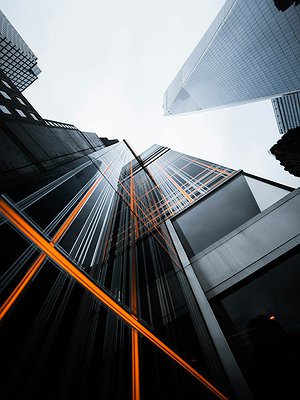
Author: ТУЛЬКАНАС ЭРНАНДЕС ЛАУРА СОФИЯ ЛАУ | TULCANÁS HERNÁNDEZ LAURA SOFIA LAU
This document is a general summary of the academic content of a scientific article entitled: "Universal accessibility: A Kaleidoscope of Integration between the City, housing and Society"
This article is part of a dissertation entitled "Analysis, diagnosis and strategies for the implementation of universal accessibility for people with disabilities and/or limited mobility at CESMAG University, San Francisco CampusDamian, in the city of San Juan de Pasto", performed by a student of the Architecture program at CESMAG University, San Juan de Pasto - Colombia;
Laura Sofia Tulkanas Hernandez;
The head and consultant is architect Juan Carlos Gallego Lopez.
The article discusses three central ideas:
1. Understanding the evolution of architectural design not as an evolution of aesthetic ideas, but as an evolution for improvement, functioning and the real possibility of universal accessibility of society, people, under equal conditions.
2. The importance of the role of the architecture of the senses, Utilitas Vitrubiano (the usefulness of Vitruvius - Roman architect), not only in terms of functionality, but also in terms of multisensory usefulness.
3. Various technological and digital achievements, as a practical integrator of the interaction of all citizens on an equal footing.
The beginning of the 21st century has presented us with unique challenges and opportunities in creating an urban environment that reflects our evolution as a society. That is why it is proposed not only to emphasize the importance of universal accessibility in modern architecture, but also to substantiate the hypothesis of the city and life in 2100, where inclusion is the cornerstone of its design.
Universal accessibility should be understood and perceived as synonymous with autonomy, self-confidence and freedom, where the territory is legible and understandable to me, regardless of whether I have any disease and/or limited mobility.
Society has already made a quantum leap, perceiving people with disabilities as special beings; Today these thoughts have evolved, and we live in a society of "integrated people" on equal terms, with dreams and hopes.
The modern landscape demonstrates the crucial intersection between architectural evolution and the growing demands of an increasingly diverse society. Despite notable progress in accessibility, gaps remain that highlight the need for a more holistic approach.
Research and analytical notes emphasize that in order to effectively solve these problems, we must go beyond simply removing physical barriers and adopt a vision that connects the human part with the architectural part. Design does not work without users, and differences in their individual development are considered here, so it is necessary that everyone can count on independence in the route and easy access to any place, using textures, materials, sounds and smells to convey information.
In the year 2100, architecture has become a kaleidoscope of design, reflecting the diversity and changing needs of a globalized society. This approach is based on ensuring universal accessibility, creating a truly inclusive urban environment and housing for all people, regardless of age, abilities or cultural background. This is not just a technical aspect, but an important component of promoting equality and dignity and removing social and cultural barriers affecting people's participation in society. The scientific novelty lies in adopting an integrated approach that not only improves mobility, but also strengthens social cohesion and emotional well-being.
The original is in the application